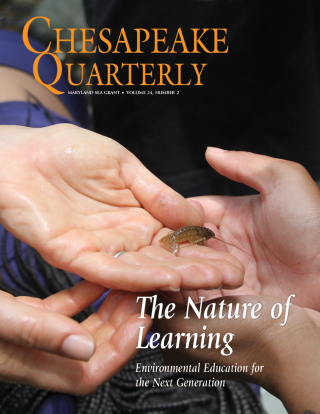Knauss legislative fellowships in Congress help build careers — and they're fun and educational. See our video and fact sheet for details.
Land-based Salmon Aquaculture Conference Advances Expert Collaborations
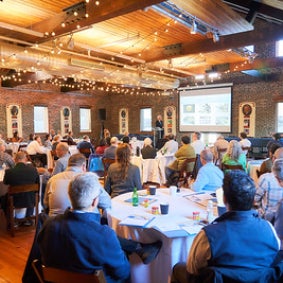
Finfish aquaculture experts gathered in Baltimore on October 14–16 for the third conference of the Sustainable Aquaculture Systems Supporting Atlantic Salmon (SAS2) project. During the two-day meeting, nearly 80 industry, research, and education leaders in aquaculture participated in panel discussions, presentations, and aquaculture facility tours. The Institute of Marine and Environmental Technology (IMET) hosted the gathering, with conference sessions taking place at the Living Classrooms Maritime Park.
“This unique project is all about partnerships and collaborations between academia and industry,” says Dr. Yonathan Zohar, SAS2 project director. “It is stakeholder-driven, with the goal of making environmentally responsible, land-based farming of Atlantic salmon more efficient and cost-effective. This research will boost domestic sustainable aquaculture production towards reversing the United States’ annual $18 billion seafood deficit.”
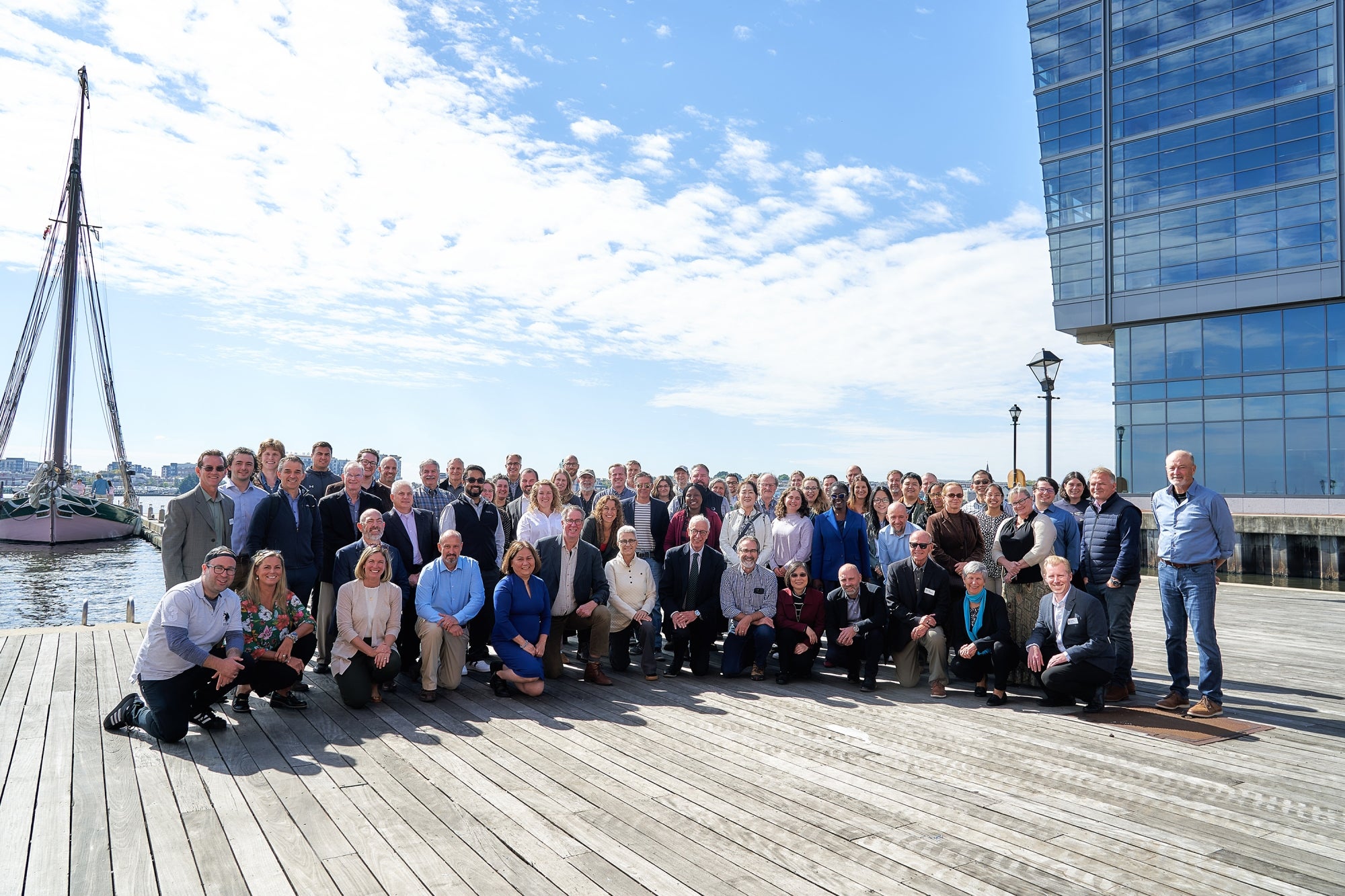
The SAS2 project aims to reduce US reliance on seafood imports by expanding domestic finfish production. In 2021, the US Department of Agriculture National Institute of Food and Agriculture awarded the project $10 million to lead research and development of land-based aquaculture of Atlantic salmon. Land-based aquaculture uses self-contained recirculating aquaculture systems (RAS) technology to grow fish, but the RAS industry faces challenges in scaling up production. Now in its fifth year, SAS2 engages with US and international aquaculture industry experts to advance research, education, and workforce development initiatives.
“SAS2 is a great example of how a strong public-private partnership can solve problems for the US salmon farming industry by leveraging amazing scientists and state-of-the-art facilities,” says Steve Summerfelt, chief science officer at Superior Fresh. “The conference allowed us to connect, communicate, engage, and collaborate.”
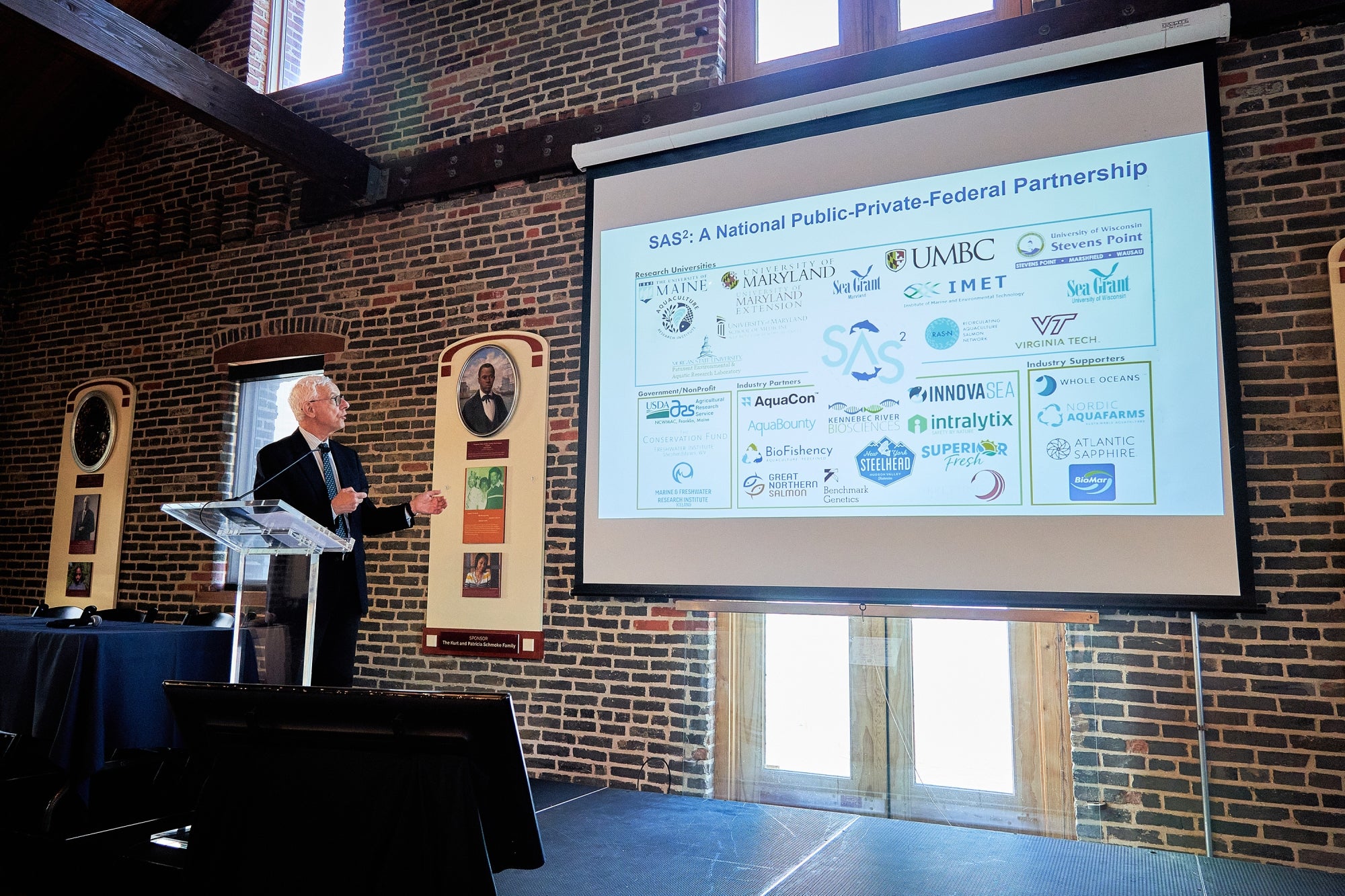
Collaboration and innovation drive the SAS2 project’s progress. Reflecting these principles, panels and presentations spanned project objectives and included dedicated time for questions and discussion by conference participants. Experts on research topic panels discussed advances and challenges in areas including product quality, ecologically responsible feeds, biological solutions to waste management, egg production, and biological containment. An education and workforce development panel presented examples of aquaculture and RAS technology incorporated in youth and STEM programming. Panels about industry priorities and strategic envisioning engaged participants in big-picture project understanding and ideation.
The third SAS2 conference opened with remarks from Dr. Karl Steiner, vice president of research and creative achievement, UMBC; Dr. Jenn Burns, executive director, IMET; Dr. Debbie Bouchard, SAS2 co-director, UMaine Aquaculture Research Institute (ARI); and Dr. Zohar, project director, IMET/UMBC. Surrounding full days of panels and presentations, conference participants enjoyed networking time at an opening reception at IMET as well as a social event at Phillips Seafood, which featured RAS salmon produced by Superior Fresh. Participants also had the opportunity to tour IMET’s Aquaculture Research Center, which conducts work on several SAS2 objectives.
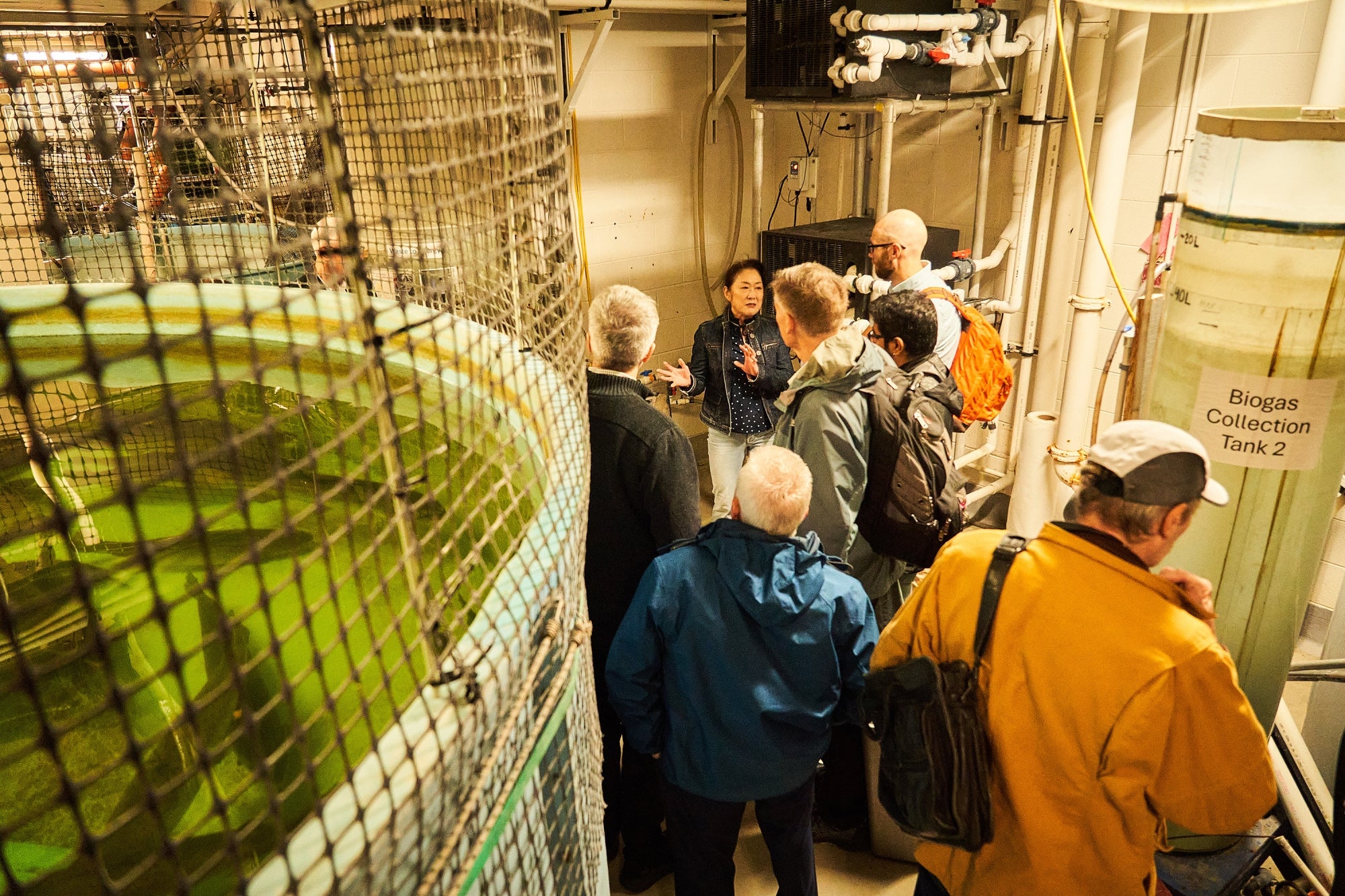
Keynote speakers representing the aquaculture industry included Marianne Naess of Great Northern Salmon and Ragnar Jóhannsson of the Marine and Freshwater Research Institute in Iceland. Timothy Minor, vice chancellor of the University System of Maryland, presented on strategic partnerships for funding.
“Having industry and researchers in the same room created the kind of collaboration and shared vision that will drive real innovation and strengthen the future of US Atlantic salmon aquaculture,” says Dr. Debbie Bouchard, SAS2 co-director and director of UMaine’s ARI.
During his closing remarks, Dr. Zohar highlighted significant achievements already accomplished by the SAS2 project. The project has leveraged $11.4 million from federal agencies and industry, published 23 scientific papers, involved 6,000 youth in educational programming, and engaged more than 9,000 stakeholders.
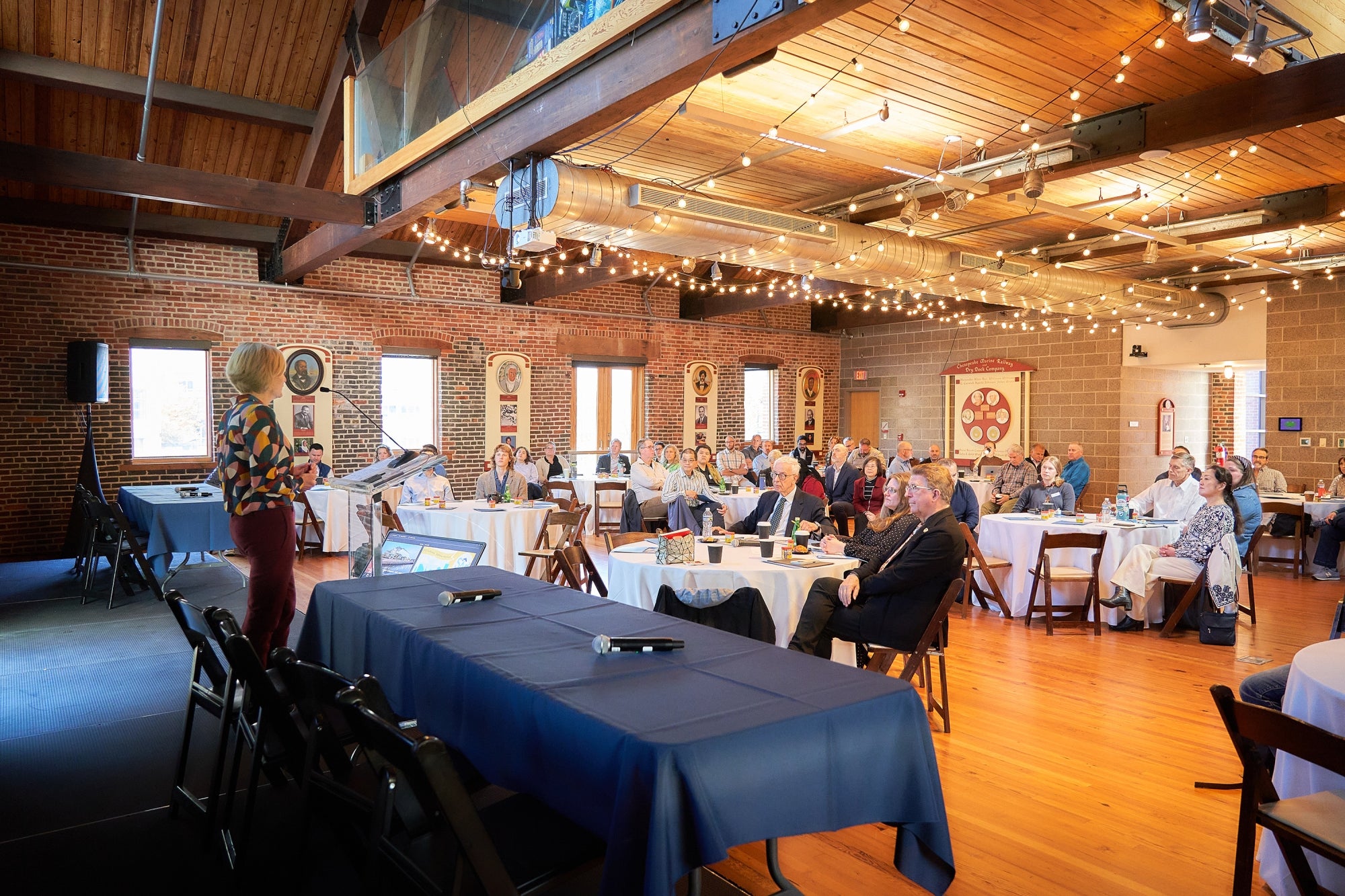
“But we’re not done yet,” said Dr. Zohar in his closing remarks. “It takes time to do what we do.” Project leaders expect SAS2 to continue developing innovative technologies and advancing public understanding of sustainable RAS systems. Notably, five graduate students presented their research during the conference, reflecting this budding industry’s potential to involve early career researchers in work on sustainable food sources and homegrown US salmon.
”As we enter the final phase of this project, our legacy of collaborations for a prosperous aquaculture industry will live on,” says Dr. Zohar.
For more information about the SAS2 project, visit salmononland.org.
Maryland Sea Grant led and expanded a $1 million National Sea Grant Office-funded project, Recirculating Aquaculture for Salmon Network (RAS-N), to build capacity for land-based production of Atlantic salmon. The SAS2 project expands upon the RAS-N project, with Maryland Sea Grant leading communication, outreach, and education activities.
Maryland Sea Grant is one of 34 Sea Grant programs supported by the National Oceanic and Atmospheric Administration in coastal and Great Lakes states that encourage the wise stewardship of our marine resources through research, education, outreach, and technology transfer.



